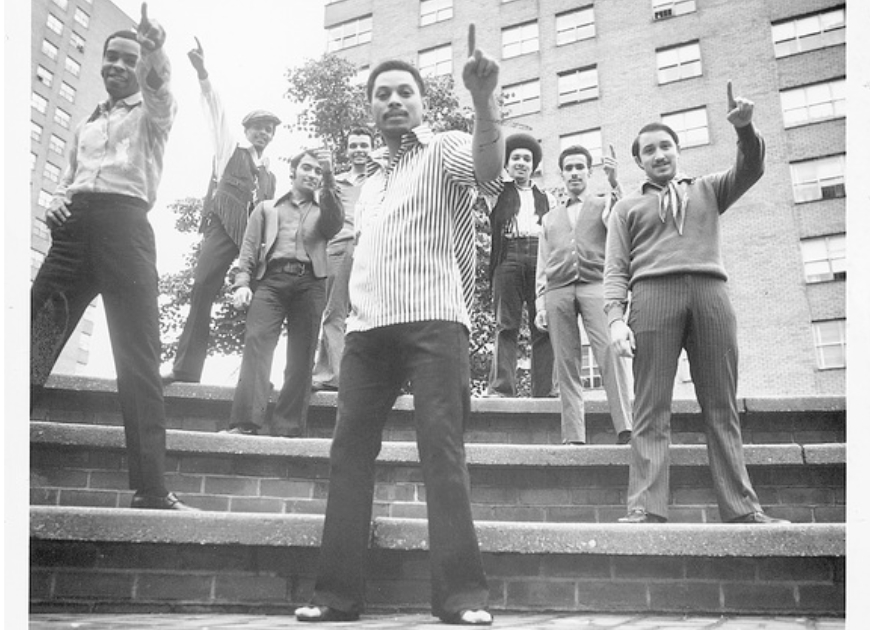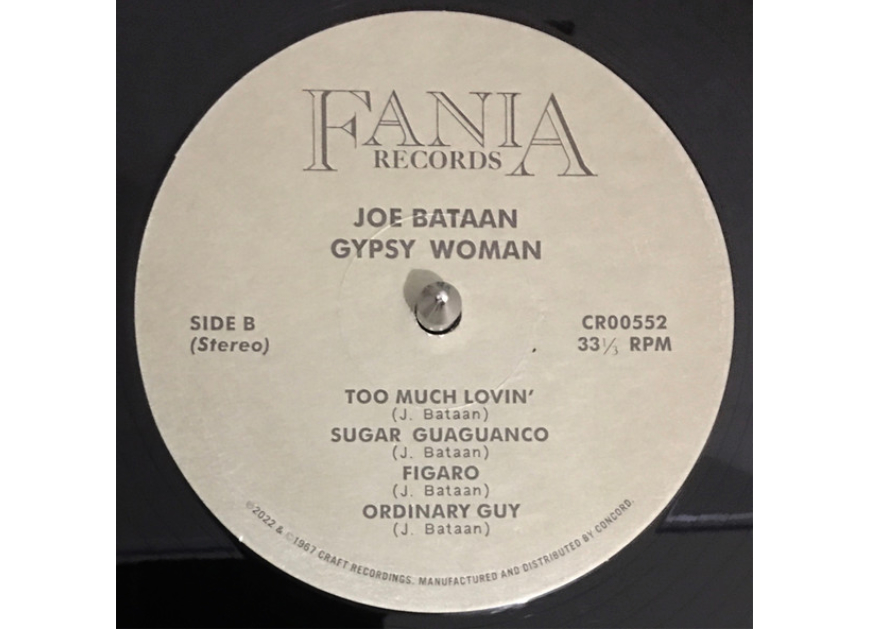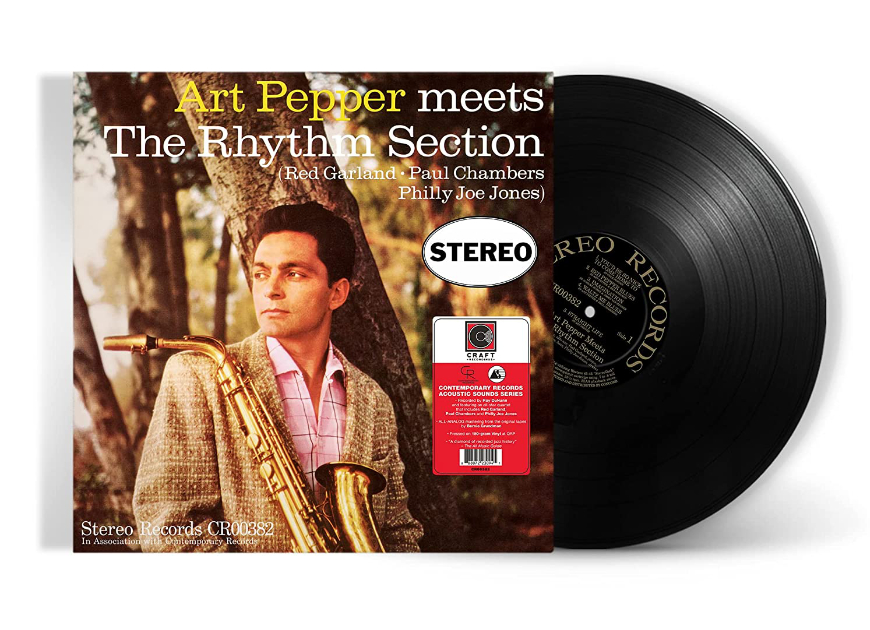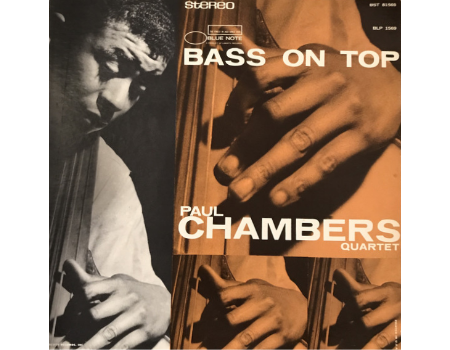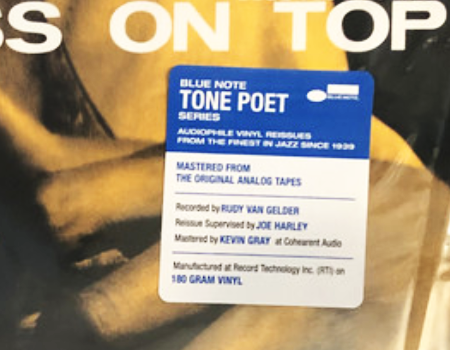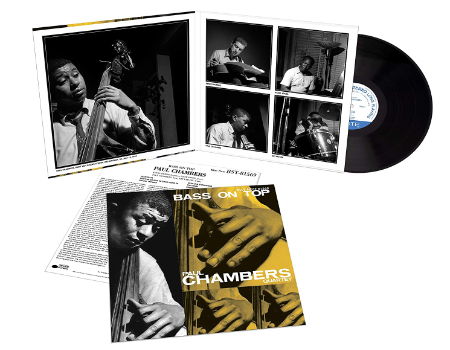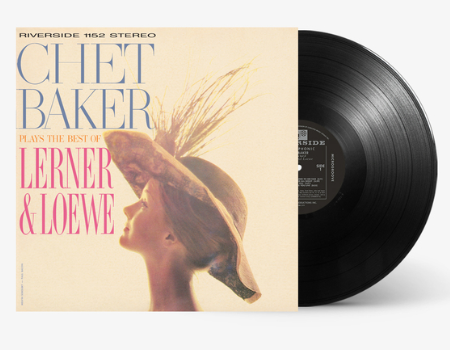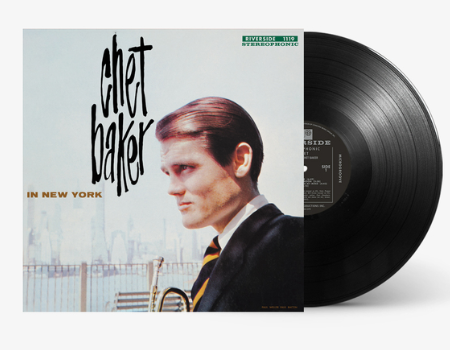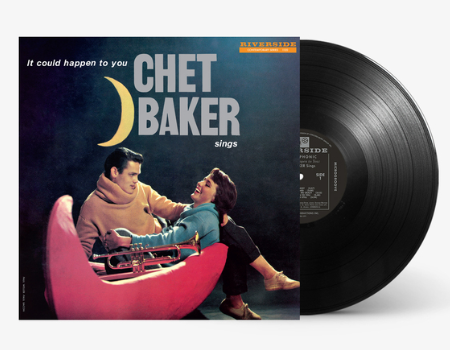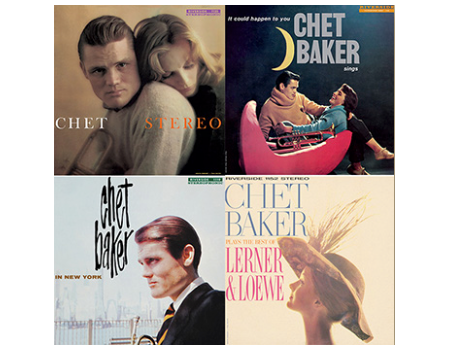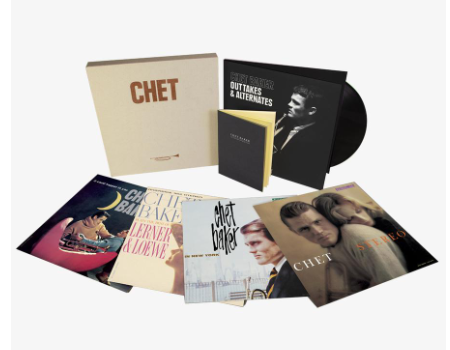Sometimes it’s exhausting to maintain up with the regular move of nice recordings popping out today. What with all the brand new releases and reissues and tremendous deluxe version boxed units and excessive decision streams and… effectively… its a “lotta lotta” as they are saying…. however, I can’t complain! These are so referred to as “first world” issues, so I’m grateful to have the chance to not solely hear all this music however to share the very best of it with music loving audiences. That mentioned, listed here are some fabulous new Latin Soul and Jazz releases from the nice people at Craft Recordings which you’ll have missed. Click on the titles to leap to Amazon if you’re thinking about selecting up a duplicate on the fly.
Joe Bataan’s Gypsy Woman (Fania Records/Craft Recordings)
From the official press launch, some background data might assist put this launch into perspective: “In the ’60s and ’70s, East Harlem native Joe Bataan epitomized the melting pot of New York City, each musically and culturally. Born Bataan Nitollano in 1942 to an African American mom and a Filipino father, Bataan started singing as an adolescent, performing doo-wop on avenue corners. While a gang-related jail sentence at 15 may have ended his musical goals, the expertise turned Bataan’s life round as a substitute. Six months after his launch, in 1965, he fashioned his first band, Joe Bataan and the Latin Swingers. Combining Latin beats, R&B, and a mixture of English and Spanish lyrics, the group was instrumental in establishing the “boogaloo” sound that may turn out to be vastly in style over the following few years.”
The debut 1967 launch from Latin Soul pioneer Joe Bataan is a landmark in some ways. Not solely does it include his basic title monitor “Gypsy Woman” and his in style “Ordinary Guy,” however this primary (of eight albums he’d launch for the label!) is a strong spin begin to end. It put Bataan on the map.
And it sounds actual good too! The 180-gram black vinyl disc is quiet and effectively centered. Cohearant Audio’s Kevin Gray as soon as once more did a beautiful job on his all-analog mastering of those classic recordings which sound heat and wealthy. The old fashioned early Stereo combine is panned large — that means you’ll hear congas in a single channel and piano in one other — however someway all of it works effectively for this music. With the unique recording directed by Fania Records’ equally legendary co-founder Johnny Pacheco, having the ability now get our palms and ears on an exquisite reissue of uncommon titles like this can be a deal with.
Like many soul and jazz releases from the previous, discovering copies of those classic albums will not be a straightforward process. Coupled with the huge variety of DJs and sampling artists who’ve snapped up the relative handful of unique releases which stay within the market, costs for these uncommon “OG” copies have skyrocketed. Case in level: on the time of this writing there have been solely 5 unique copies of Gypsy Woman being supplied on the file collector’s market, Discogs. Prices vary from $65 for a VG situation copy (with no cowl!) to $340 for a VG-plus situation copy! So there was clearly a necessity for a top quality, reasonably priced reissue. You can discover Gypsy Woman at your favourite retailer (or on-line) for lower than $30.
Art Pepper Meets The Rhythm Section (Contemporary Records/Craft Recordings)
Art Pepper Meets The Rhythm Section is a basic jazz album. So basic, I’ve already reported on the Mono reissue which got here out for Record Store Day in 2022 (click on right here to leap to that evaluation). For these not thinking about clicking via, the official press launch for the brand new Stereo reissue gives some background data which can assist put this new 180-Gram, Bernie Grundman-mastered launch into fast perspective:
“Meets The Rhythm Section is the altoist’s auspicious 1957 Contemporary debut pairing him with pianist Red Garland, bassist Paul Chambers and drummer Philly Joe Jones, three-fifths of Miles Davis’ nonpareil quintet. The album was recorded by legendary engineer Roy DuNann this new version and options remastered audio from the unique tapes.”
This yr’s Stereo version of Art Pepper Meets The Rhythm Section bears a lot of the identical specs because the Mono version (Bernie Grundman all analog mastered, 180-gram vinyl pressed at QRP, and so on.). So please do learn my earlier evaluation for extra insights into why this recording is vital.
As to why the Stereo version is warranted, effectively that makes quite a lot of sense too: in 1957 (when this was recorded), Stereo was model new expertise. Initially, starting round 1958 Stereo releases had been largely bought to 2 kinds of clients: the small universe of early adopter audiophiles (ie. individuals who may afford the most recent and highest quality playback gear) after which ultimately everybody else (ie. folks with common to not-so-good high quality playback gear!). Mono was nonetheless the dominant format for fairly a while.
Thus, a fast have a look at Discogs will clue us in to the shortage of unique Stereo editions: as of this writing there are precisely two copies on this specific collector’s “grail” with costs beginning at $330 and going as much as $420! And that is for a VG-plus situation copy! So, for about $30, this pristine new reissue is a whole steal. And it sounds terrific too!
If you want Art Pepper and basic Nineteen Fifties jazz, you must seize one (or each!) of those reissues whilst you can.


